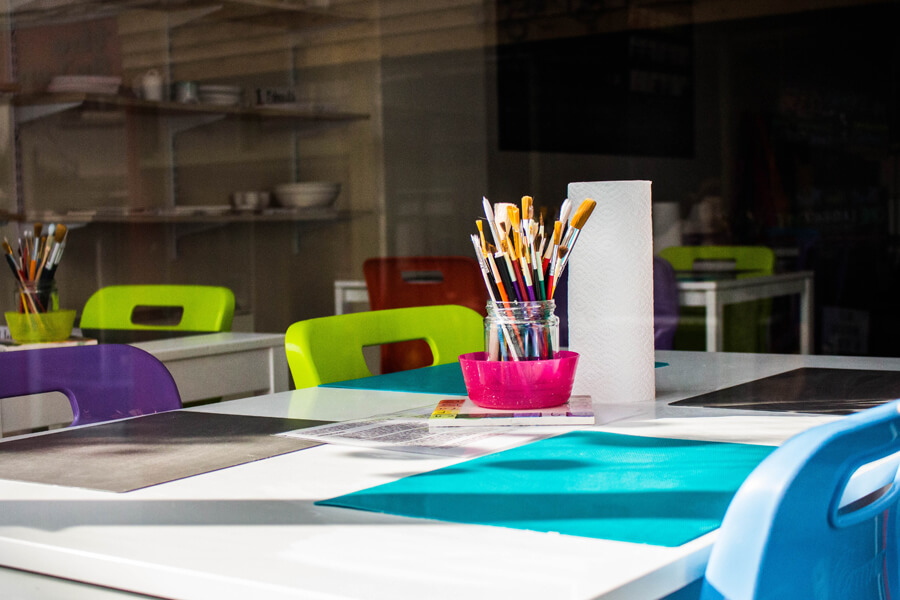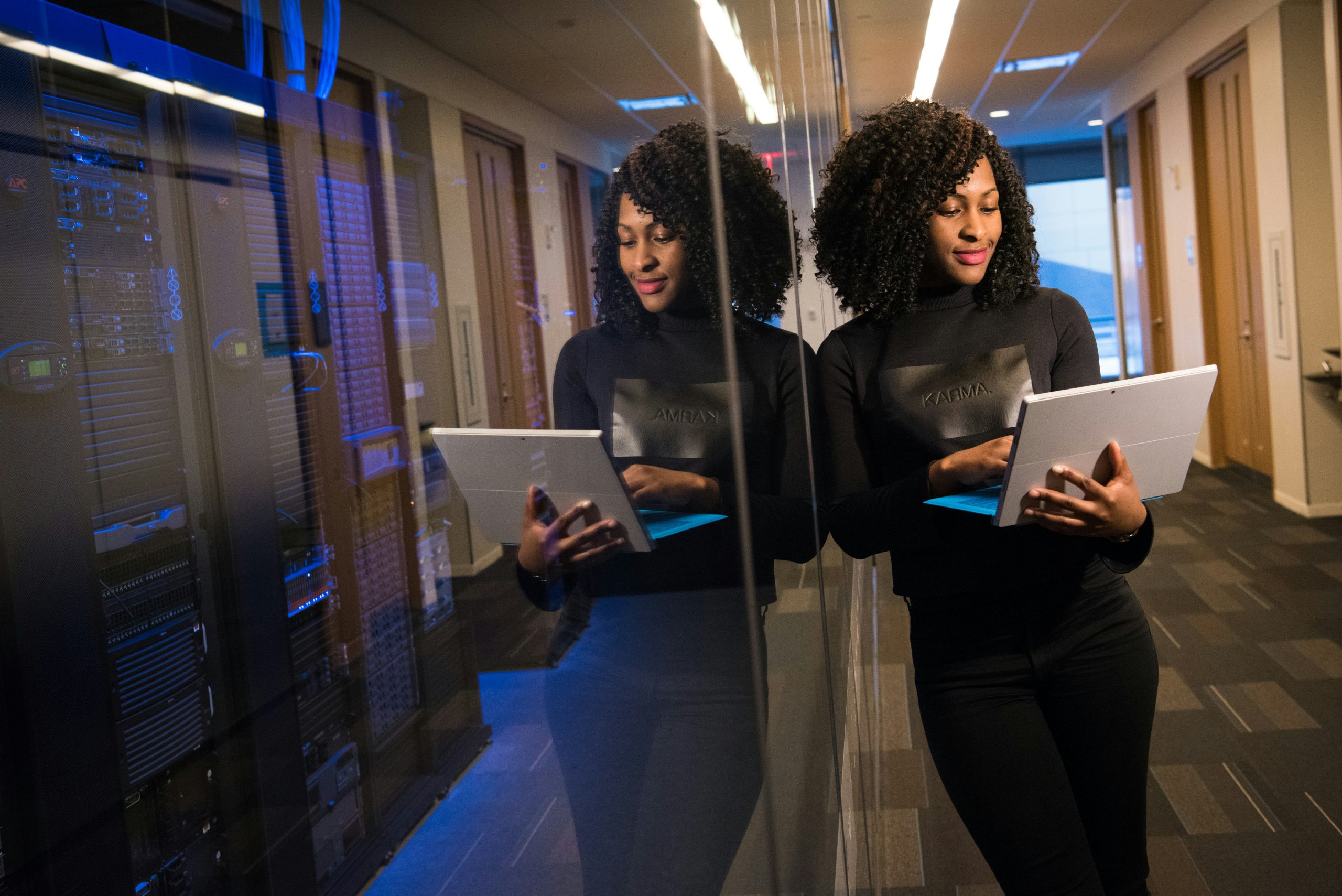
Oftentimes teachers are pressured to stick to the curriculum. But as Adam Grant so eloquently expresses in his book Originals: How Non-Conformists Move the World, “Justifying the default system serves a soothing function. It’s an emotional painkiller: If the world is supposed to be this way, we don’t need to be dissatisfied with it. But acquiescence also robs us of the … creative will to consider ways that the world could work. The hallmark of originality is rejecting the default and exploring whether a better option exists.” In his book Grant argues that those who have made the biggest changes in our world are those who question the way things are done, those who analyze each experience, and those who don’t always do what is expected or “the norm”.
So how does this translate to the transition from education to the world of work?
You see, unlike the classroom, the world of work often has structures and processes that can and need to be adjusted and reformed, it begs for innovation and risk-taking for success. Harvard Professional Development shared the 10 most important skills that emerging young professionals need to embrace for success in the world of work, and among them are analytical thinking, active learning strategies, creativity, critical thinking, and complex problem-solving. When employers were surveyed, asking if recent grads were adequately prepared in some of these areas, the responses were overwhelmingly low. Meaning that it’s time to start getting creative with assignments that provide challenge not in memorization or subject mastery, but problem solving and creative thinking.
It’s those young professionals that embrace learning as a skill, that challenge the status quo and innovate new solutions for problems that will come out on top as they enter the world of work. So how can you as an educator inspire those skills and traits to come to the surface in your students?
How to Introduce Intentional Learning Through Experimentation & Risk Taking
Educators can help prepare their students by introducing intentional learning, a practice that McKinsey & Company has dubbed one of the single most important predictors of success in an individual’s career. Intentional learning is learning through experimentation and risk taking, questioning the “correct” response and exploring whether a better option exists—just as Grant explains in his book.When surveyed,only 1/3 of students thought they had been assigned projects by professors or discussed topics that had no right or wrong answer, which innately inhibits creative thinking, experimentation, and risk-taking. In that same survey, more teachers (approximately ½) reported that they assigned these types of projects.
A few ways you can try to combat this in your classroom are:
- Give scenario-based assignments and ask them to analyze strategy or provide a new suggestion.
- Discuss topics that have no right or wrong answer which incorporate material from multiple subjects in one discussion.
- Avoid assessment questions with only one set response.
- Foster discussions rooted in your core subject matter, but allow students to lead the conversation and learn how to tie it back to other subjects.






